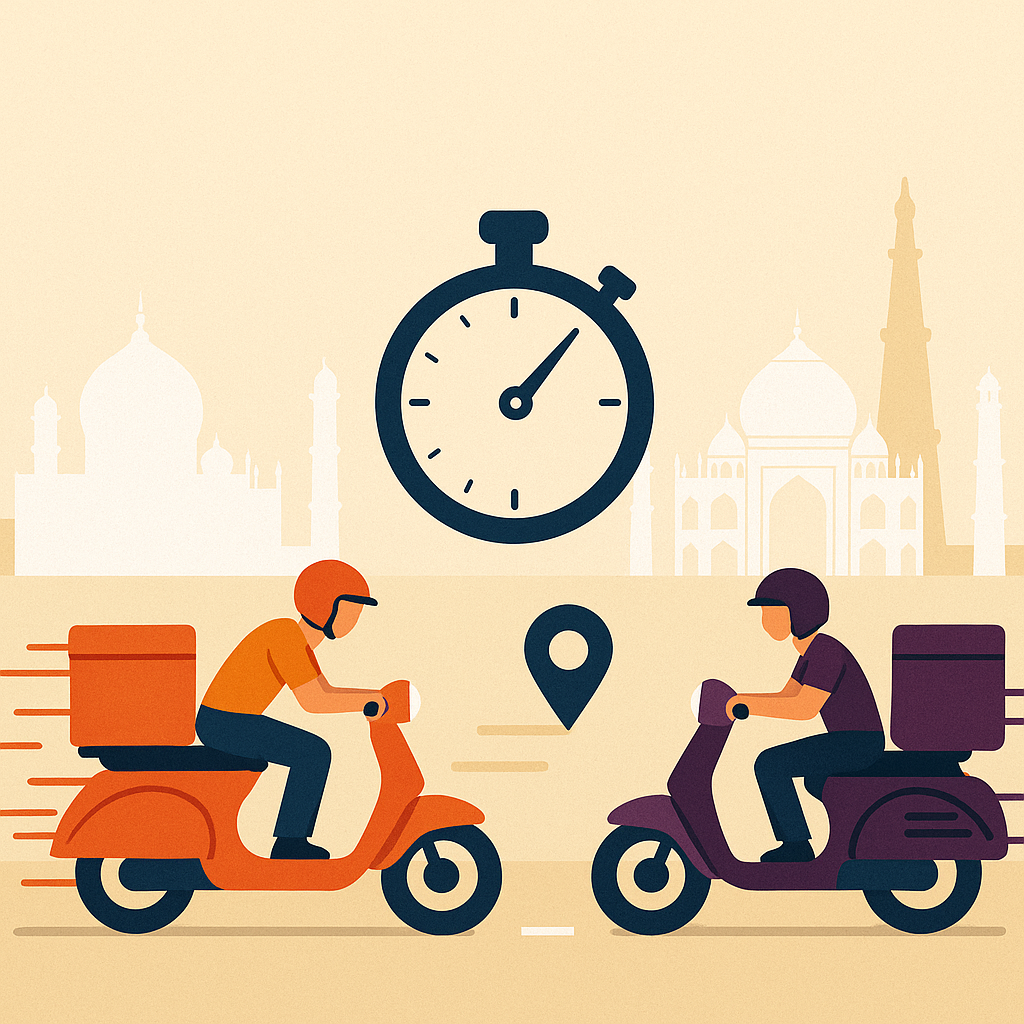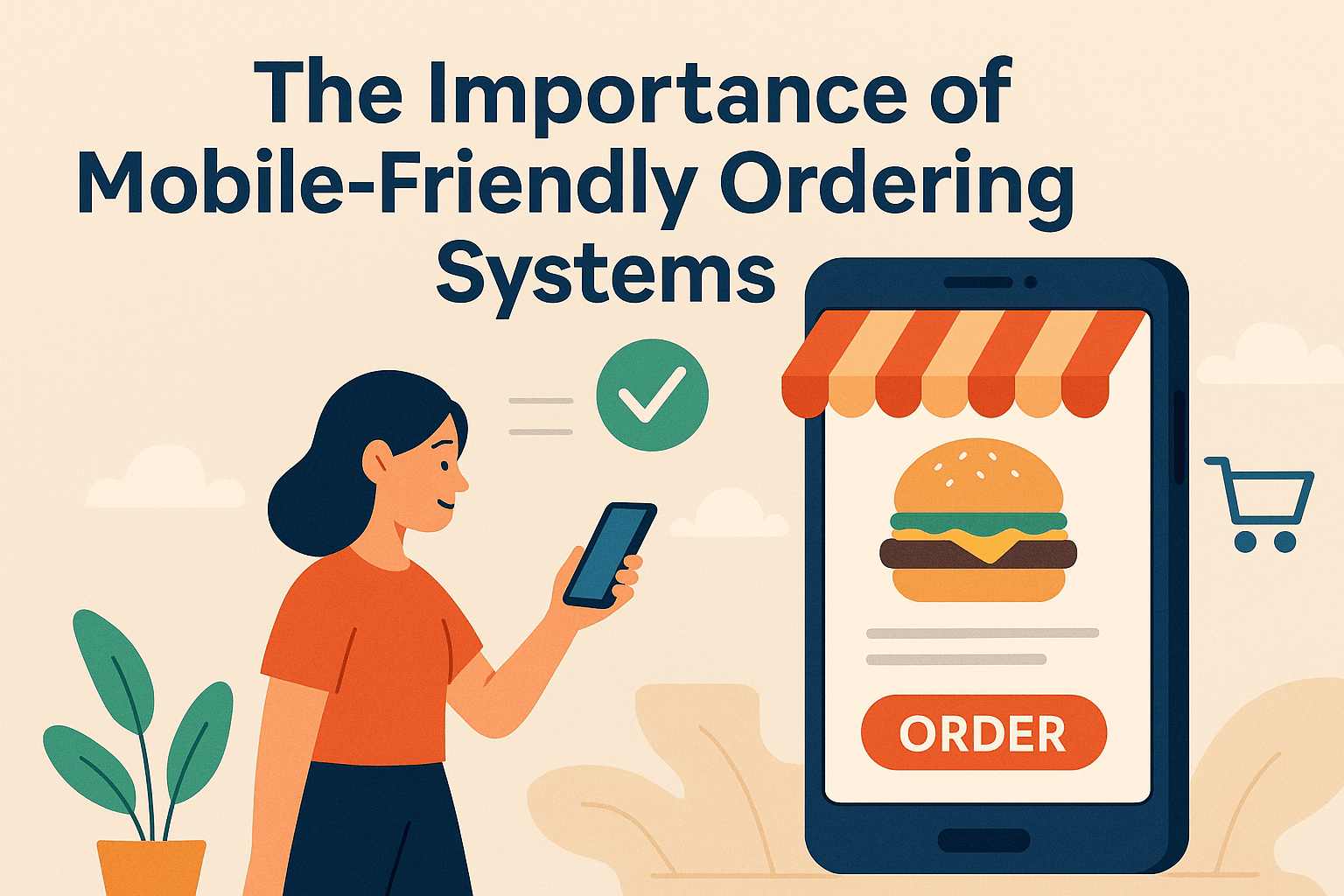Quick commerce, or q-commerce, has exploded across the globe — transforming how consumers shop for everyday essentials. In no place is this more evident than in India and the Middle East, two massive, dynamic markets where ultra-fast delivery — from 10 minutes to same-day — has captured the imagination (and wallets) of millions.
From bustling urban metropolises like Mumbai and Riyadh to smaller tier-2 cities experiencing digital leaps, q-commerce is no longer just a convenience — it’s becoming a way of life. But the story in each region is unique. Let’s take a closer look.
🌏 India: The Hyperlocal Hustle
📈 The Growth Story
India’s q-commerce sector has grown at a breakneck pace. Spearheaded by giants like Zepto, Blinkit (acquired by Zomato), Swiggy Instamart, and Dunzo, the market has evolved from being a niche offering to a fierce battleground for dominance.
The drivers? A young population, widespread smartphone usage, rapid urbanisation, and a culture that’s increasingly digital-first. Combine this with hyperlocal warehousing (so-called “dark stores”) and aggressive funding from VCs — and you get deliveries promised in 10–15 minutes for everything from groceries to gadgets.
✅ What’s Working
- Massive User Base: With over 1.4 billion people, many under 30, India’s population is hungry for convenience.
- Low-Cost Labour: Delivery fleets can be scaled more affordably compared to Western markets.
- High Repeat Usage: Small-ticket, high-frequency orders (like milk, snacks, or toiletries) mean customers order often — sometimes daily.
- Digital Payments: Widespread UPI (Unified Payments Interface) adoption makes ordering and paying frictionless.
❌ Challenges
- Unit Economics: Profit margins remain razor-thin. Most q-commerce players still operate at a loss due to discounts and operational costs.
- Burn Rate: Rapid delivery = high costs. Players have struggled to balance speed with profitability.
- Infrastructure Limits: Traffic, inconsistent roads, and poor logistics in certain cities still hinder delivery guarantees.
- Regulatory Overhang: As the model scales, food safety, labour laws, and zoning restrictions could tighten.
🔮 The Future in India
The q-commerce battle is far from over. Expect:
- More M&A activity: Smaller players may consolidate or be absorbed by larger platforms.
- Niche verticals: Health products, pet care, or electronics may get their own micro q-commerce apps.
- Suburban and Tier-2 Expansion: Q-commerce is spreading beyond metros.
- Profitability Push: Sustainable unit economics will become the mantra.
🏜️ Middle East: A Premium, Convenience-Driven Market
📈 The Rise of Instant Gratification
In contrast to India, the Middle East — especially UAE, Saudi Arabia, and Qatar — is a premium, service-led market where convenience often outweighs price.
Players like Talabat, Careem NOW, Nana, Quiqup, El Grocer, and newcomers like Rabbit Mart and Trolley.ae are building hyper-efficient delivery ecosystems in cities like Dubai, Riyadh, and Doha, where consumers have high expectations and spending power.
✅ What’s Working
- Affluent Consumers: Many customers in Gulf nations don’t mind paying more for speed and convenience.
- Smart Cities Infrastructure: Better roads, GPS mapping, and urban planning help with logistics.
- Ecosystem Support: Governments are pushing smart tech, AI, and delivery innovations as part of their Vision 2030 strategies.
- All-in-One Platforms: Apps offering multi-category deliveries (food, groceries, pharmacy, electronics) are gaining traction.
❌ Challenges
- Labour Reliance: Heavy dependence on gig workers, often under strict visa rules, can lead to logistical strain and reputational risk.
- Heat and Weather: Extreme temperatures in summer months can hinder operations and reduce delivery windows.
- Saturation Risk: Cities like Dubai already have high app penetration, and standing out means burning more cash on marketing and offers.
- Delivery Radius Issues: Unlike India’s dense cities, Gulf cities are more spread out — making 10-minute deliveries harder to execute.
🔮 The Future in the Middle East
Q-commerce in the Middle East is just getting started — and the next wave could be even more exciting:
- AI and Drones: The region is investing in last-mile innovation including autonomous vehicles and drones.
- Sustainability Push: Eco-friendly packaging and electric fleets could become standard.
- Luxury Q-Commerce: Quick delivery for luxury items (perfumes, cosmetics, even gold!) is an emerging niche.
- Cross-Border Logistics: Fast delivery within the GCC could expand beyond local cities.


